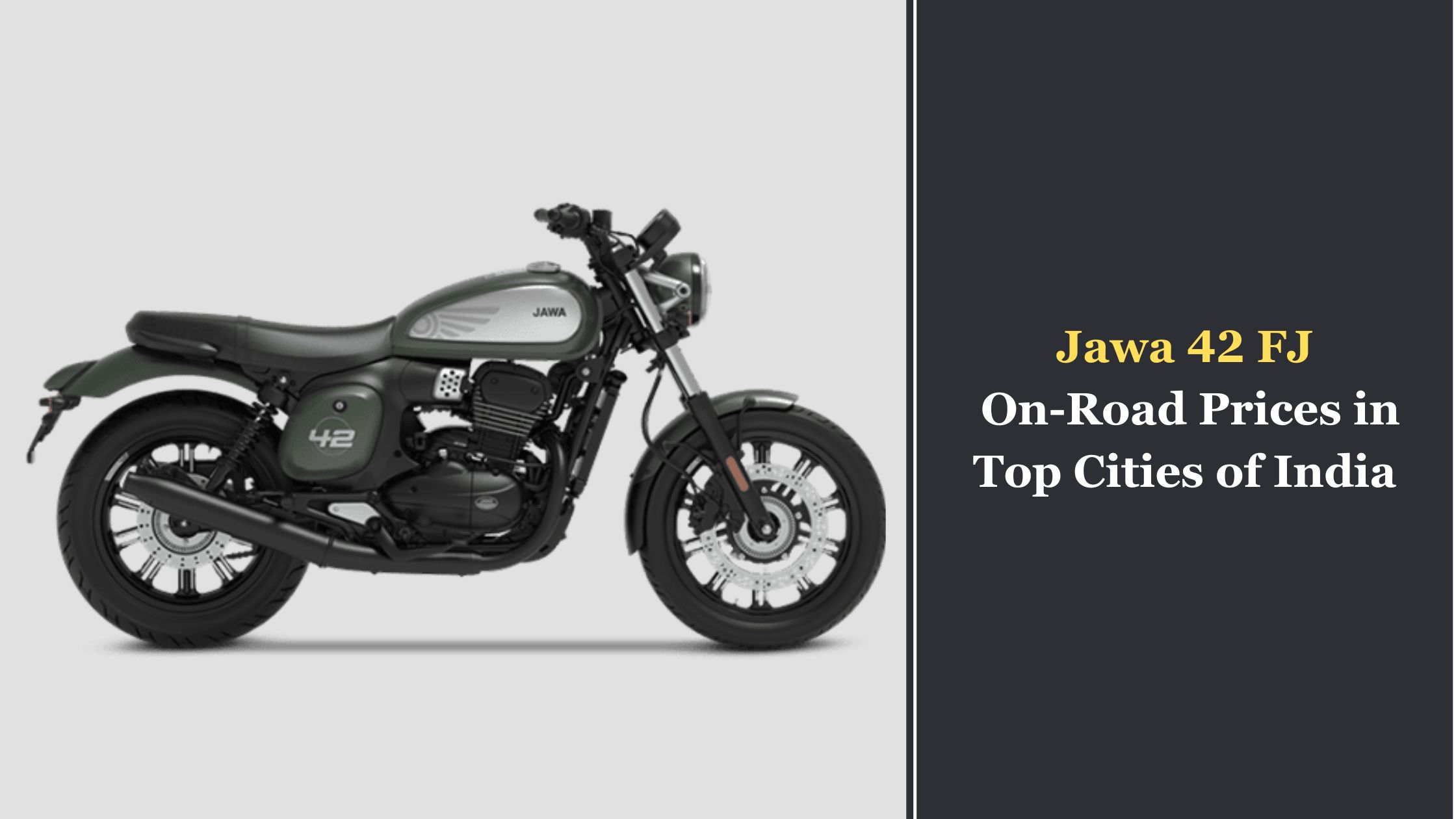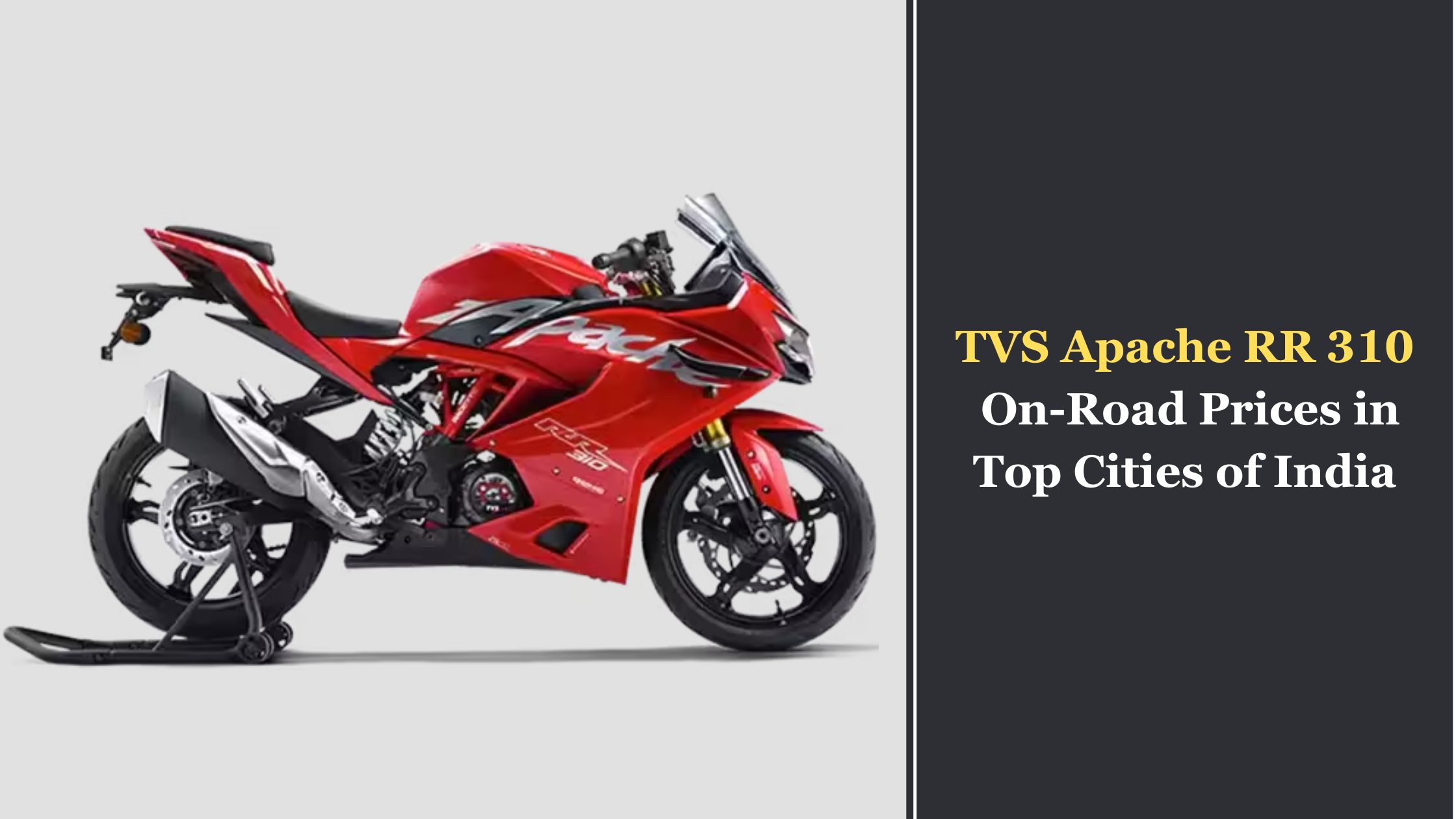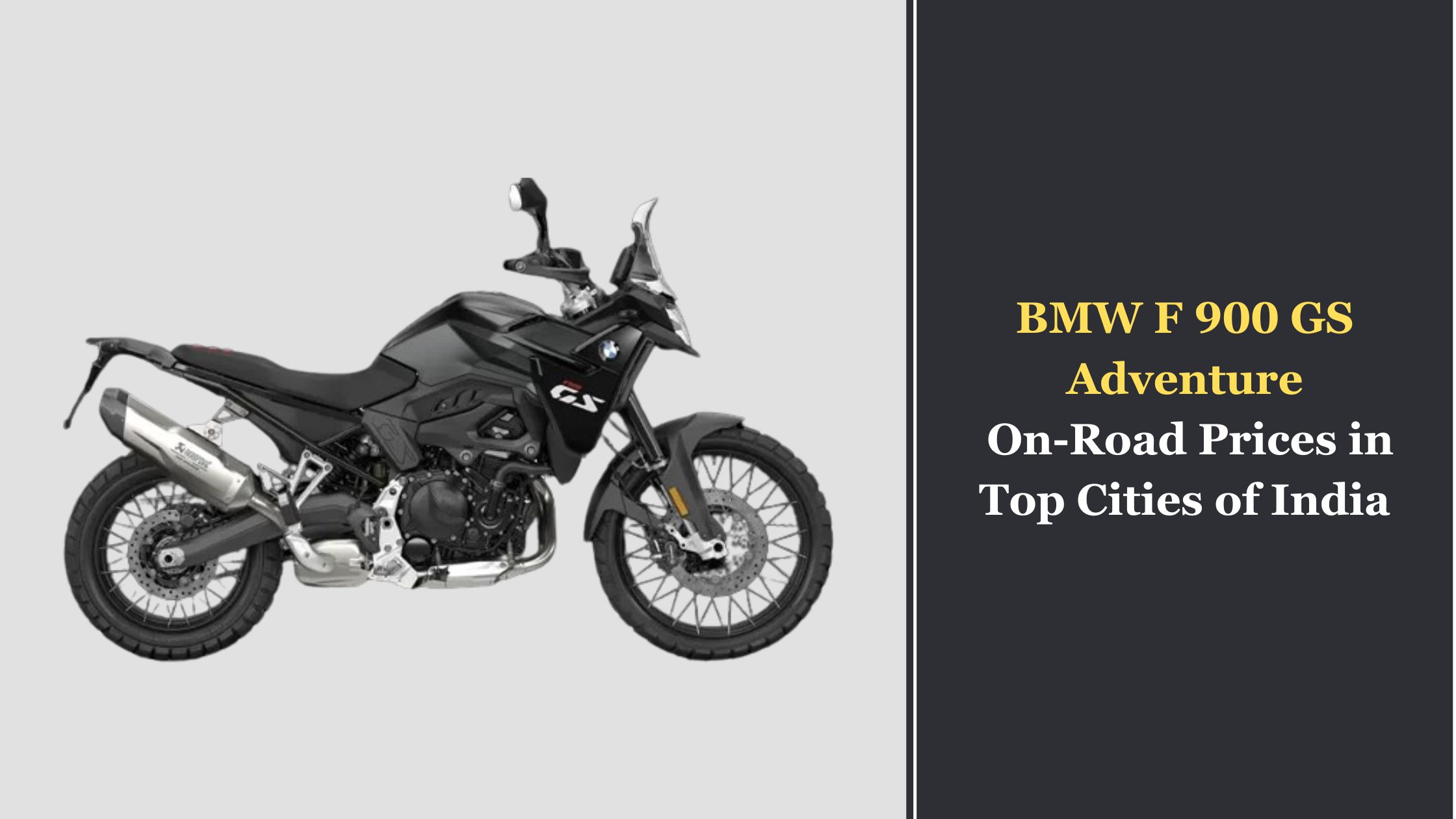
According to recent news, Yamaha Motor has developed a new prototype system that will help reduce accidents on two-wheelers. It has been developed with an auxiliary kit called Advanced Motorcycle Stabilization Assist System (AMSAS), including steering and driving actuators for better control in challenging conditions. What exactly is it, and what does it portend for the future? Find out by reading.
Why AMSAS?
Yamaha wants no more fatal motorcycle accidents by the year 2050. Based on research into motorcycle collision data, the bike maker created the AMSAS system, which helps balance the bike without tipping over but will also realistically monitor traffic patterns. Time to secure the future. Against possible accidents.
How Does AMSAS Works?
While the bike maker claims they can use it on any contemporary Yamaha bike with only minor changes to the bike frame and structure, the AMSAS system has only been tested on a modified Yamaha R25. The system consists of a steering actuator on the test bike’s handlebar and a drive actuator mounted on the modified front wheel. Both speeds of 5 Kmph or less help reduce the instability of the six-axis Inertial Measurement Unit (IMU).
Simply put, it helps maintain the bike’s stability at low speeds without requiring the rider to keep their feet firmly on the ground. The system also performs as expected, allowing the bike to maintain its direction and speed even when the rider’s hands are off the handlebars.
AMSAS is intended to integrate seamlessly with existing radar-linked combined braking systems that actively detect potential causes of a crash, such as sudden lane changes or braking by vehicles in front, sudden acceleration by vehicles behind, And approaching similar objects. When engaged, the system helps with adaptive braking and defensive maneuvers. The Yamaha Tracer 9 GT+ currently has this mechanism as a feature.
AMSAS Tech: What it means for the future?
On motorcycles like the Ducati Multistrada V4, radar-based navigation is already available. MotoBot, an autonomous robot that can ride a motorcycle, and Motoroid, a self-balancing two-wheeled prototype, were also previously showcased by Yamaha. These ideas highlight Yamaha’s experience with autonomous systems, and AMSAS ultimately tries to strike a balance between the two. Nevertheless, Liger Mobility, an Indian EV company, has already cracked the formula for a self-balancing scooter, showcased at the Auto Expo 2023. Its product name is Liger X.
With all this in mind, a motorcycle system that predicts and actively reduces the chance of accidents doesn’t seem too far-fetched.
Stay tuned with Bikechuno for more updates, and subscribe to our YouTube channel for the latest bike news and reviews.



